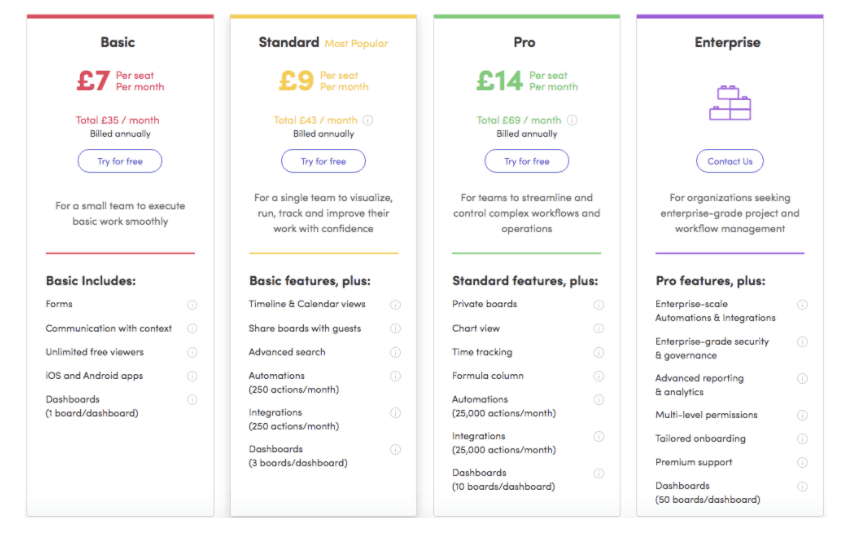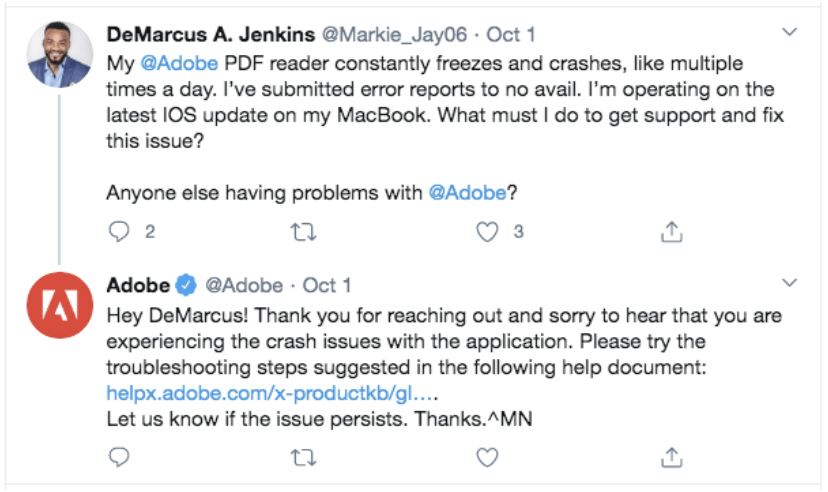Building trust in a digital B2B marketplace

Trust, although an abstract concept, is easy to define. It is the glue between every relationship, and it’s the reason we’ve survived. With trust, we don’t need sharp claws or mighty roars to keep predators away. In being social animals we have stood the test of time.
With the outbreak of Covid-19 bringing more B2B research and purchasing online, trust is being tested as people now depend on websites. People are no longer going to conferences, and they’re not negotiating face to face. Instead, digitised content is taking first place. This means that an up-to-date, well-designed website is more important now than ever before.
People need to trust. And they’re placing their trust in new things in new ways. Whether it’s being driven to a meeting by someone you found on an app – they’ve got 4.8 stars after all. Or knowing the mute button won’t fail you on your morning conference call. You nod your head politely with hidden relief that your clients can’t hear your kids jumping on the bed next door.
Businesses now have the opportunity to reach a global audience, normalise hyper-convenience, and prove their credibility on a digital stage. B2B takes up more than 80% of total ecommerce activities, meaning it’s important to understand how building trust online can be tailored to B2B marketing specifically.
In the B2B context, trust comes at two levels – trust in the employees of a business, and trust in the business as a whole. But in a digital world, without the charisma of a salesperson at the front, how can consumers know which businesses are credible?
Through website design, thoughtful content, communication and transparency, trust is built the same way as the olden days. It is, trust me.
Decision making process of a B2B buyer
First, let’s look at the decision making process of a B2B buyer. Learning the perspective of your prospect helps you to understand how to position yourself according to their reasoning.
When making a decision on behalf of a business, an individual has a duty to think as professionally as possible. In order to avoid the wrath of senior leadership, or a blow to their personal career, an employee must use rationality as much as they can, in making purchase decisions. These rational decisions are made through the consideration of cost, reputation, satisfaction, and most importantly, trust.
In a traditional model, to be deemed trustworthy: “the salesperson should behave as a dependable, honest and competent person, must be a master in impression management, exhibit an altruistic motivation of customer orientation and be likable (Swan et al., 1985; Hawes, 1994).”
These days, salespeople are rarely the first point of contact for customers. Often, they have been replaced with digitised web pages. However, the fundamentals of a trusting salesperson still apply to first impressions online.
Let’s break it down:
- In order for a website to be dependable and honest, it should be transparent with pricing (where possible), processes and agreements.
- For a website to be competent, it can offer blog posts and other forms of relevant content to position the company as a thought leader. Case studies are also an effective way to prove competency through existing positive relationships. News, press coverage and client logos can help to enforce powerful social proof.
- To be a master of impression management, a website can link to social media pages where a prospect can get an insight into company culture. Responding to both positive and negative reviews keeps your company in control of the press. With less events happening now, a website is also a good chance to showcase your team and people.
- To exhibit an altruistic motivation and to be likeable, a company could promote their achievements of corporate social responsibility (CSR) to prove they work selflessly.
Dependability and honesty
Revealing all costs, providing detailed descriptions of products, and steering clear of hidden costs or terms of agreement, are all ways of conveying an honest and dependable intention.
One way to present this information is through a comparative view of pricing options, and specifying what a customer should expect with each one.
Monday.com is a project management software that has a clear, easy to read, comparable table on their pricing page:

This builds trust with website users because the costs are upfront, and the user has all the information they might need to make a decision based on price. This is especially important for self-serve models with a level of homogeneity in their products.
Comparative transparency doesn’t always work when products or services are tailored to each client. For B2B companies with this structure, there are other ways you can convey a trustworthy impression firsthand. You can give a ballpark figure of pricing or an hourly rate during your pitch. You can give examples of previous clients and their costs, and you can be clear on exactly how your services work.
A rational decision maker might rightly be weary of information found online without the backing of an established source. (Feel free to double check my sources of course!)
Competency
Not only does a blog on your website generate inbound leads from organic traffic, it shows users that you are knowledgeable about your industry, and proves a high level of competency.
With a blog that gets 4.5 million monthly users and 400,000 subscribers, HubSpot is a megamind of marketing information. As an inbound marketing tool, it is critical that HubSpot positions itself as a leader of inbound marketing, by maximising their own inbound strategy.
They have such successful SEO and content production, they are always on the first page of Google search results if you look for any marketing or sales query. Test it out yourself! Type in anything to do with sales or marketing, and HubSpot will appear. For example, if you search ‘inbound marketing’ into Google, you’ll surely see HubSpot’s blogpost ‘What Is Inbound Marketing’.
Of course customers are going to trust a marketing tool that has written the majority of educational literature for its field! They may be making it up as they go along, but 86,000 customers have decided to trust that HubSpot knows what they’re talking about.
Combining this kind of content with news/press coverage and client logos and case studies can help to enforce powerful social proof and competency.
Impression management
There’s no doubting the power that social media has in allowing an organisation to control their reputation, communicate directly with the public and offer a human facade. Social media for B2B companies is a way to showcase the people behind the business.
With 330 million users, Twitter is one of the largest and most powerful social media platforms for engaging directly with customers.
Adobe is one B2B tech company thriving on Twitter, with 672.6k followers (October 2020) and a high engagement rate that responds with gifs and memes every day.
They respond to customer complaints and queries quickly and directly:

This puts Adobe in a position of power as they show they are not afraid to address complaints and acknowledge the problems that may arise from their products.
They also respond to their supporters with relevant jokes:

When you think of a tech giant like Adobe, you don’t often think they are cool or fun. Twitter introduces another side to them; one that appears human, approachable and up to date with pop culture. Less like a skyscraper-hidden corporation, and more like your group chat with friends. And who doesn’t trust their friends!?
Events and other forms of field marketing which lots of B2Bs rely on for driving pipeline are on hold at the moment, so it’s worth thinking about how you can get your team featuring on your website more. This could be in photography, video interviews, featured profiles, or meet the team interviews. Don’t forget about that Business to Business is really Business to Human!
Altruistic motivation and likeability
It has been proven that CSR is directly related to a company’s credibility in regards to fulfilling their business promise. Working with non-profit organisations and communities proves to prospects that a company is not working entirely in their own self interest. Instead, they care about others, and they care about their customers.
For a perfect example of successful CSR, let’s look at B2B software giant, Salesforce. 18 years ago, they established the 1-1-1 philanthropic model, in which they have pledged 1% of product, 1% of equity, and 1% of employees time to the nonprofit sector as well as educational institutions. Since its founding, they have given US$240 million to over 39000 organisations!
Salesforce.org is evidence that corporate profit and social justice can go hand in hand. It is one of the top B2B software companies in the world, proving that their charitable values have favoured them, not failed them.
Bearing in mind honesty, competency, impression management and altruism, will favour your business in building trust and maintaining customer loyalty.
However, the most important ingredient is to trust yourself! If you believe in your product or service, and have genuine intentions to help and support your customers, then these methods can be done easily! They can… trust me.
If you want to build trust with your customers and retain their loyalty through a well-designed website, get in touch – 93digital are a leading WordPress agency who empower ambitious B2B marketers for success!

The fallacy of website ‘engagement’ KPIs

How to ‘deliver’ – the key tenets to establishing partnerships with your clients
Let's Talk
Do you have a web design and build project coming up that you would like to talk about?